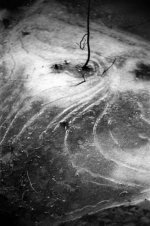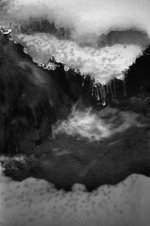xavoy
Established
I’ve been waiting for an article I wrote a few weeks back to be published. Well, it’s finally gone live on JapanCameraHunter, and I'm so excited!
It’s about how film emulation, especially when in camera, is making it easier for photographers to achieve a decent starting point for a black and white photo, how this will increase the popularity of black and white photography, and how black and white photographers will take over the world! Well, I might be exaggerating that last bit.
Would love to hear your thoughts on it tho. You can read the article here:
http://www.japancamerahunter.com/2016/04/the-black-and-white-renaissance/
It’s about how film emulation, especially when in camera, is making it easier for photographers to achieve a decent starting point for a black and white photo, how this will increase the popularity of black and white photography, and how black and white photographers will take over the world! Well, I might be exaggerating that last bit.
Would love to hear your thoughts on it tho. You can read the article here:
http://www.japancamerahunter.com/2016/04/the-black-and-white-renaissance/



